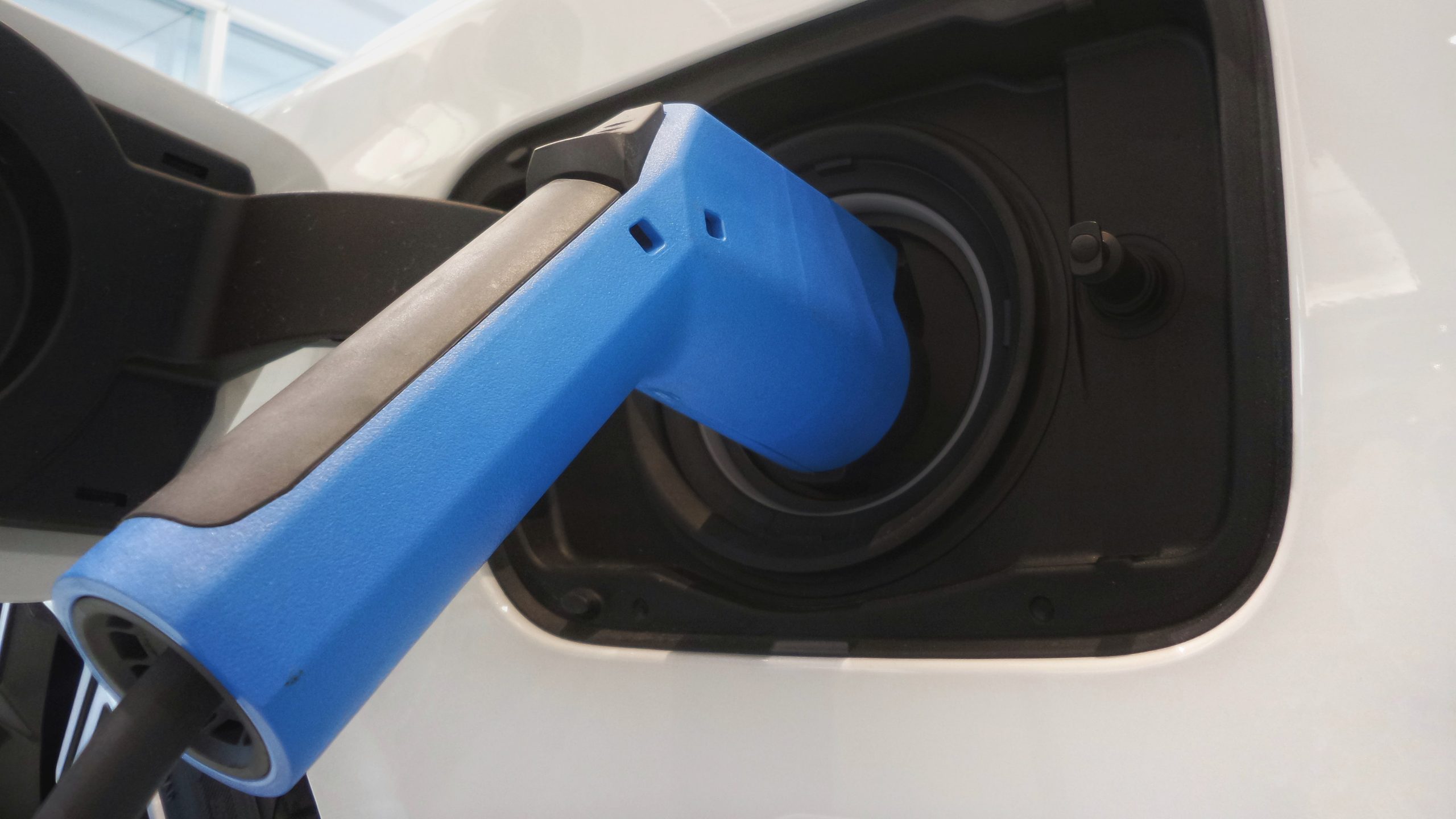
Policy Solution
Electric vehicle charging infrastructure
Mandate

Summary
Installing and distributing charging stations throughout an area can aid adoption of electric vehicles among residents.
Implementation
Build charging infrastructure along major highways and highly-traffic vehicular corridors to support the transition to electric vehicles.
Considerations for Use
The public and private sector can partner to increase efficiency and expand the reach of efforts to provide electric vehicle chargers.
Overview
Climate:
Cold, Hot/Dry, Hot/Humid, TemperatePolicy Levers:
MandateMandates are government regulations that require stakeholders to meet standards through building codes, ordinances, zoning policies, or other regulatory tools.Trigger Points:
City planning processesIncludes city initiatives such as the development of climate action plan, pathway to zero-energy, master plan, transit plan, energy mapping etc.Evaluating or initiating major city infrastructure projectsIncludes projects such as city transit, street or utilities construction / re-construction etc.Intervention Types:
Planning/PolicySectors:
Public Works, Transportation
Impact
Target Beneficiaries:
ResidentsPhase of Impact:
Risk reduction and mitigationMetrics:
Number and density of charging stations
Implementation
Intervention Scale:
City, State/ProvinceAuthority and Governance:
City government, State/provincial governmentImplementation Timeline:
Medium-term (3-9 Years)Implementation Stakeholders:
City government, IndustryFunding Sources:
Private investment, Public investmentCapacity to Act:
High, MediumBenefits
Cost-Benefit:
MediumPublic Good:
MediumGHG Reduction:
HighCo-benefits (Climate/Environmental):
Reduce air and water pollution, Reduce greenhouse gas emissionsCo-benefits (Social/Economic):
N/A